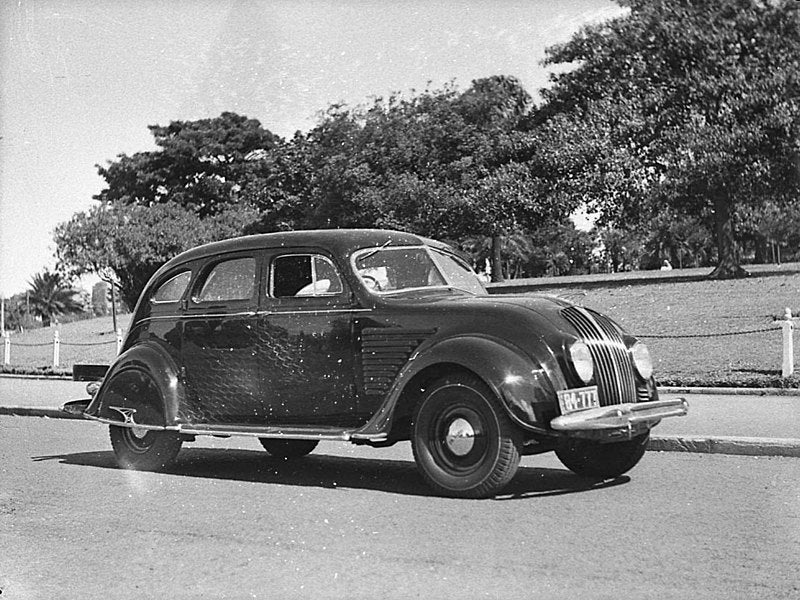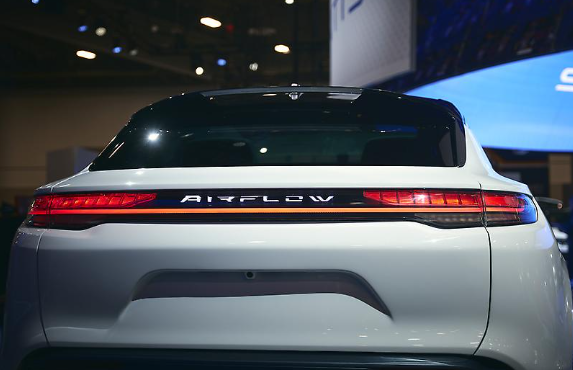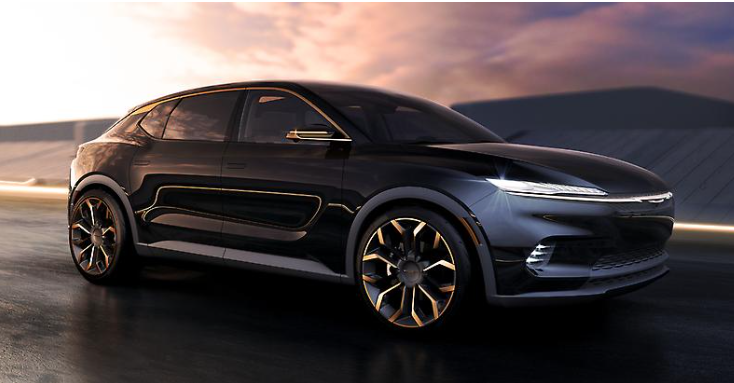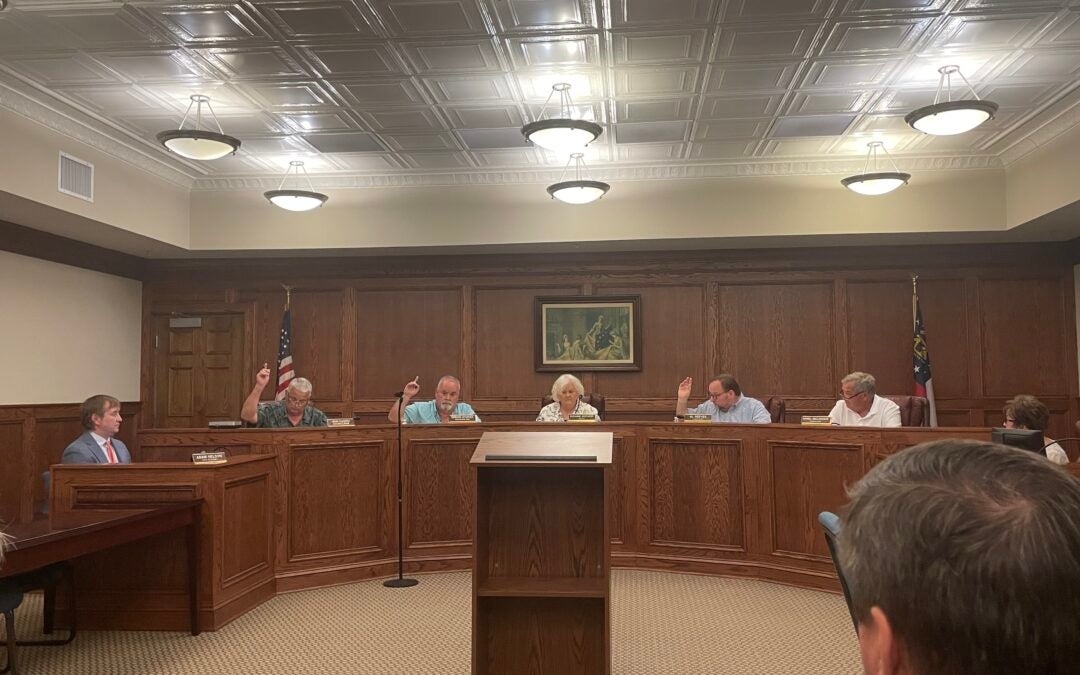Most people remember or have at least heard about Ford’s billion-dollar boondoggle, the 1958 Edsel, but Chrysler’s similar disaster with the 1934 Airflow has largely been lost to history.
While it is guaranteed that the Edsel will never be resurrected, Chrysler is apparently willing to give the Airflow marque a new life as Car and Driver Magazine reports the Airflow is set for a return in 2025.
However, while both Edsel and Airflow were costly automotive failures, any comparison is like that of comparing apples and oranges. The two brands failed for completely different reasons.
Ford spent tons of money on an ad campaign featuring the Edsel under a tarp to gin up hype for what it said was the car of the future. Meanwhile, Virgil Exner was busy across town at Chrysler building the cars of the future known for the “wider, lower, longer forward look.”
In 1958, Exner released cars that almost looked like spaceships such as the Plymouth Belvedere Fury and the Chrysler 300 D. That same year Ford pulled the tarp off the Edsel, and the public gasped.

Not only was the Edsel ugly with people saying the upturned oval grill looked like a horse collar, or a female body part, the car itself was nothing but a gussied up Ford with extra chrome and accessories that no one wanted.
In an attempt to be clever, Ford placed the push button transmission selector in the middle of the steering wheel where the horn had always been leading to people accidentally knocking the car out of gear while cruising down the road.
Ford also did not have a stand-alone factory dedicated to Edsel, therefore, an assembly line worker would be building Edsels along with Ford Customs and Fairlanes. It did not take long for new owners to discover the shoddy build quality and Ford quietly discontinued the Edsel in late 1959.
In contrast, the failure of the 1934 Chrysler Airflow was a completely opposite situation. The Airflow failed because it was too good of an automobile. In fact, it was so good that people were afraid of it.
Prior to the Airflow, cars were of the two-box design, had outboard headlights and were not the slightest bit aerodynamic. In fact, Chrysler engineers discovered that the cars were more aerodynamic and fuel efficient when driven backwards.
Chrysler partnered with Orville Wright to create a wind tunnel and sculpted a sleek piece of rolling art with rounded corners and the first waterfall style grill in America
The new vehicle not only did not look like anything else on the road, under its metal skin was a state-of-the art machine. Chrysler created the first ever unibody design that provided a rigid frame with far less weight, moved the engine over the front wheels for better weight distribution and installed an engine that made 115 horsepower when most cars of the time had less than 75 horses under the hood.
Another feature made the Airflow truly the world’s first crossover vehicle as it incorporated a dedicated storage space within the vehicle. Most cars of the time only allowed for a removable trunk to be placed at the rear of the vehicle and many cars had a rumble seat or “mother-in-law seat” that left no room for storage.

Sadly, the futuristic Airflow did not resonate with the public. People were used to traveling over rough roads at an average speed of 25 miles per hour and they thought that speed was fast, which it was when compared to a horse and buggy.
People also did not trust the unibody design calling it unsafe. To their credit, Chrysler tried to counter the rumors by filming an Airflow being pushed over a cliff, righted and being driven away; however, people had made up their minds and Chrysler went back to more traditional designs and the unibody concept would not return until the 1960s under Exner.
However, Chrysler designers have decided to roll up their sleeves and bring back the Airflow. The new vehicle concept takes a few styling cues from the original, sans the waterfall grill and will be all-electric with optional dual motors in front and rear giving the vehicle all-wheel drive.
While Chrysler, now owned by Pentastar, has not released any concrete figures, the Airflow is expected to have around 400 horsepower and a 350 to 400 mile range, according to Car and Driver.
Perhaps this time, the public will embrace the long-forgotten Airflow.
Scott Hudson is the senior reporter for The Augusta Press. Reach him at scott@theaugustapress.com











